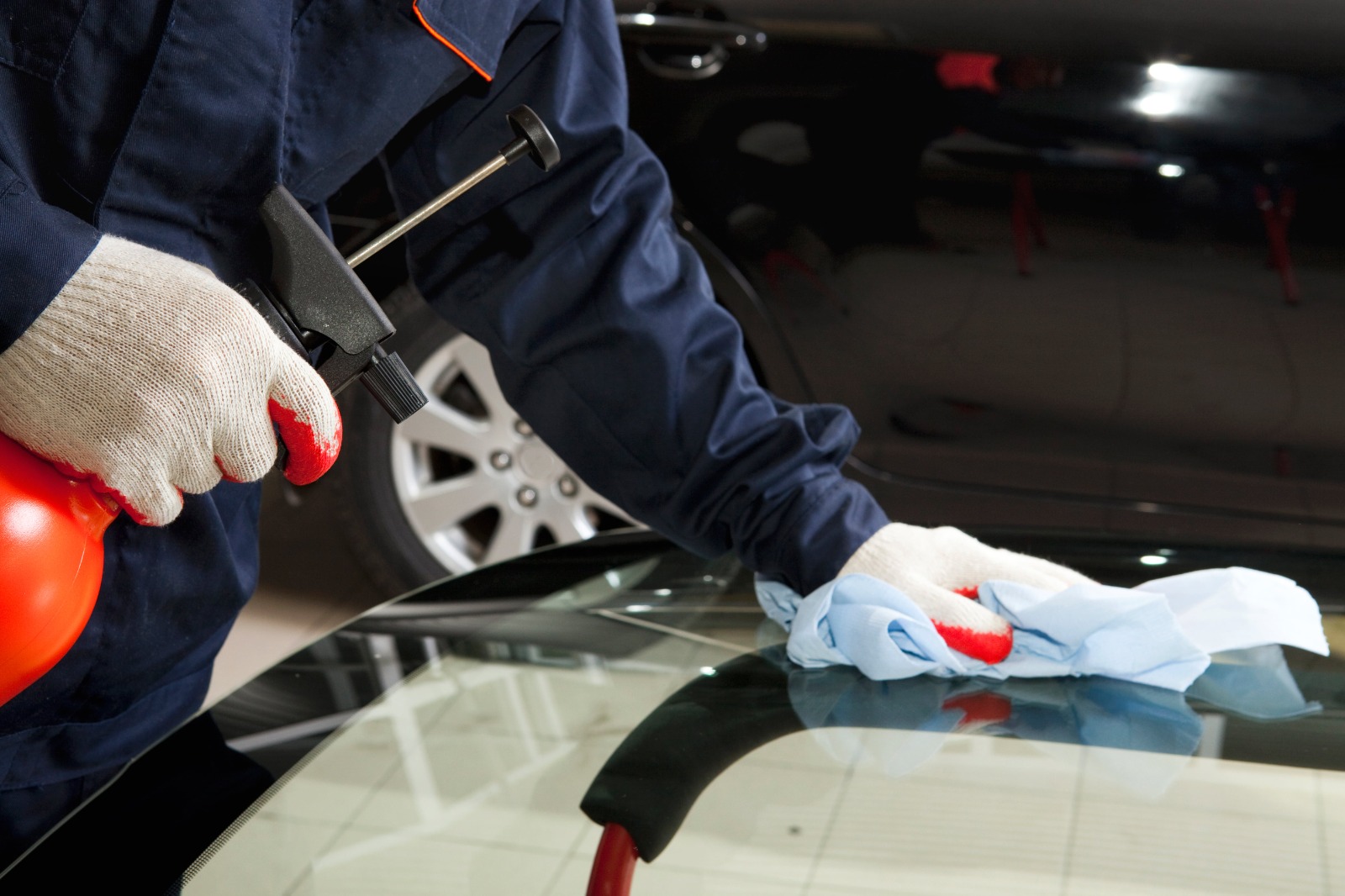
When it comes to fabric selection, understanding the properties of different materials is essential, especially when it comes to non-woven fabrics. These materials are widely used across various industries, from medical applications to home goods, and their moisture absorption abilities are a key factor in their functionality.
Explore Recent Blogs
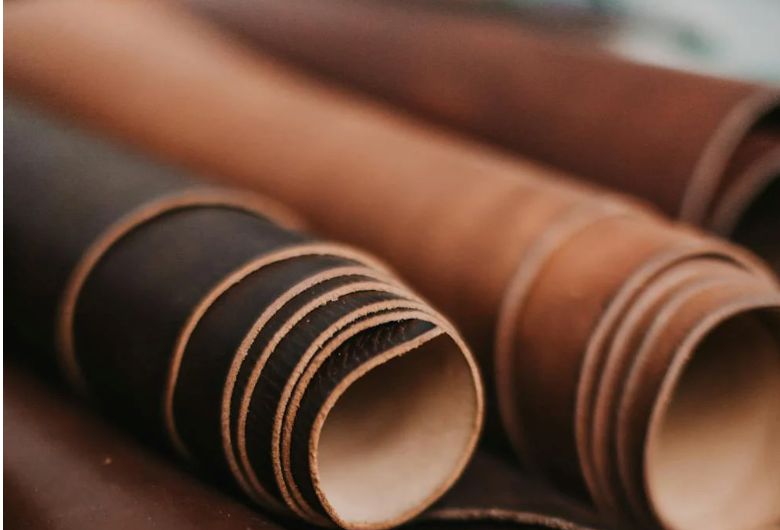
Is Leather a Non-Woven Fabric? Let’s Unravel the Truth!
Leather embodies luxury, durability, and style. However, in a society increasingly focused on novel
Read More
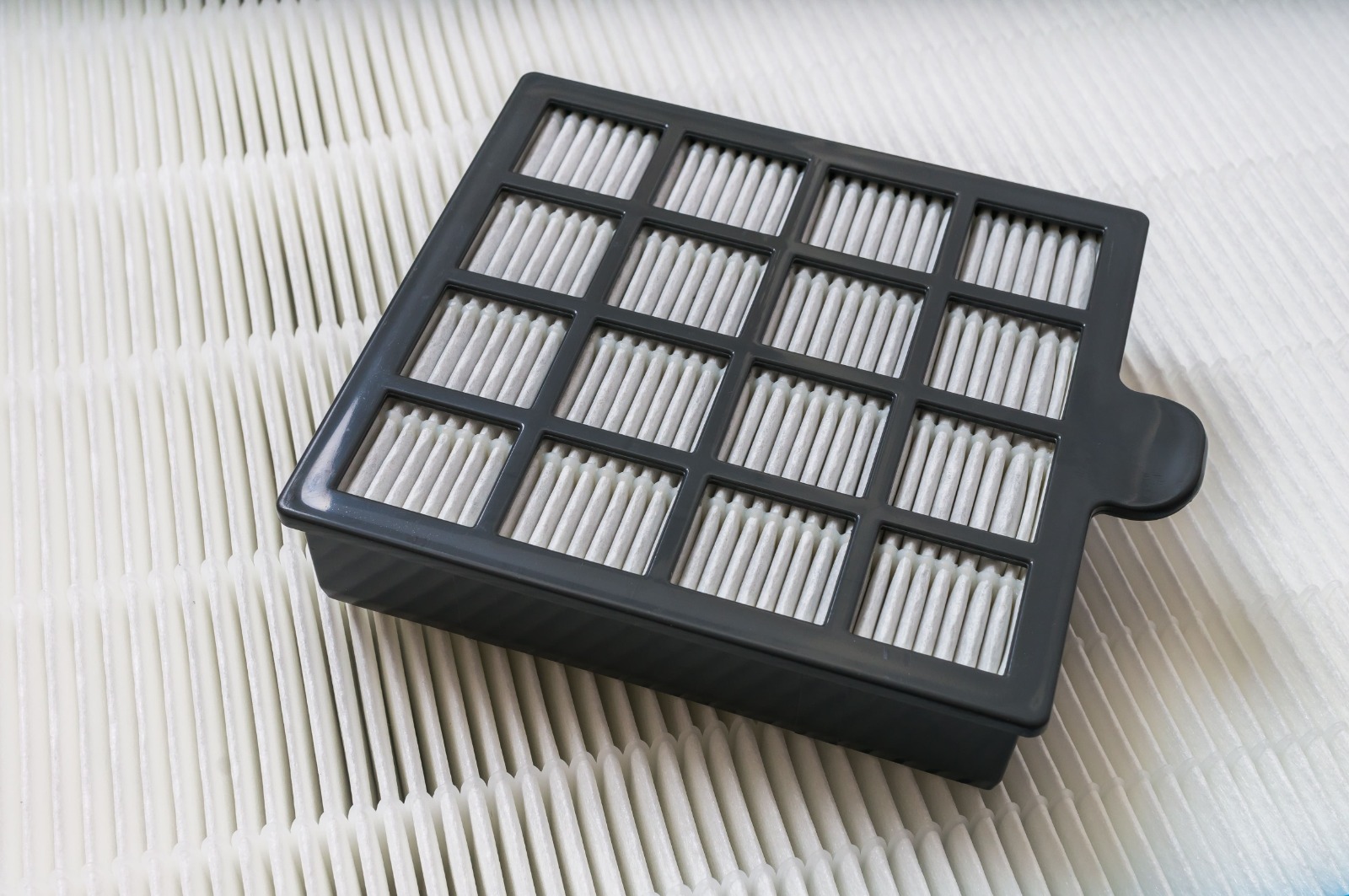
Can You Heat Press Non-Woven Fabric? A Complete Guide
The textile industry has embraced heat pressing. Adding colourful graphics to cloth banners or perso
Read More
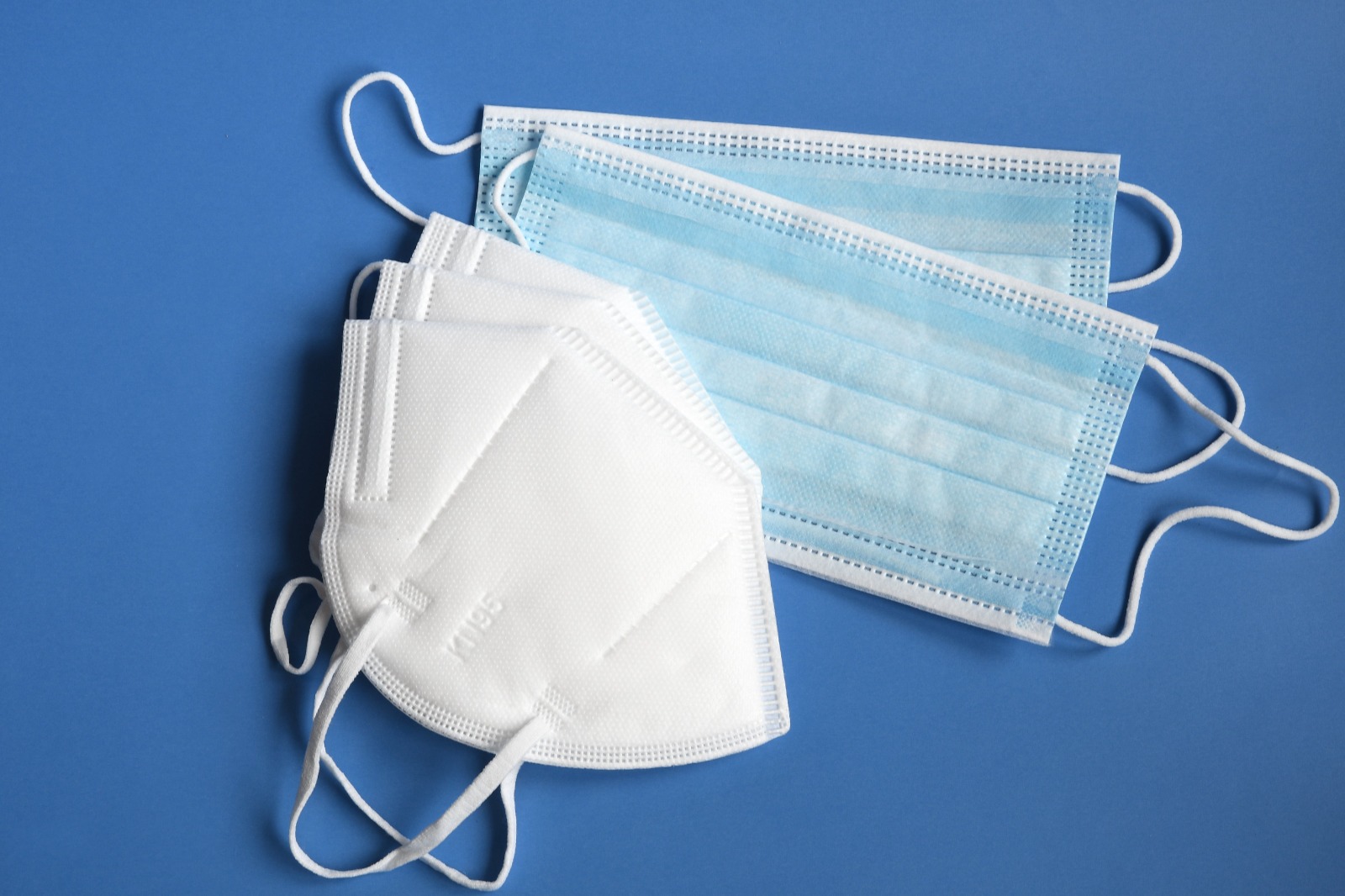
Can Non-Woven Fabric Be Washed? Let’s Unravel the Truth
Non-woven fabrics are used in a variety of applications, including medical masks, reusable shopping
Read More
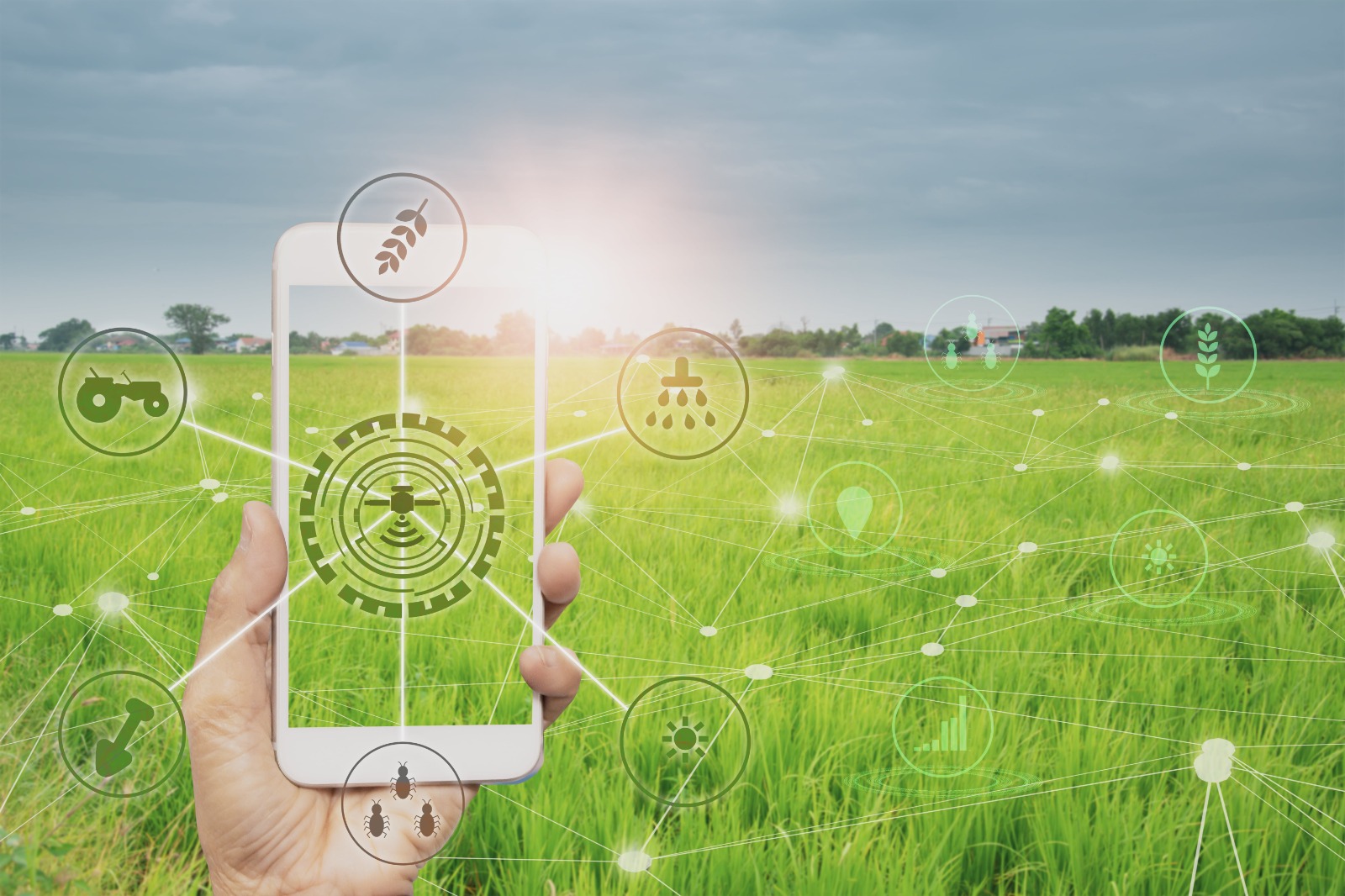
Non Woven Fabrics Vs Woven Fabrics: Choose the Right Fabric
If you have ever asked yourself why some materials are all about robustness while others are cutting
Read More

Weave Your Success with Our Revolutionary Fabrics
Power your business with Elixrr's cutting-edge nonwoven fabric solutions. Eco-friendly, customizable, and engineered for excellence—because innovation starts with the right foundation.




When it comes to fabric selection, understanding the properties of different materials is essential, especially when it comes to non-woven fabrics. These materials are widely used across various industries, from medical applications to home goods, and their moisture absorption abilities are a key factor in their functionality.
In this article, we’ll explore whether non-woven fabrics absorb moisture, the factors that affect moisture absorption, and how this unique property plays a role in the fabric's applications.
What Is Non-Woven Fabric?
Non-woven fabric is a type of fabric that is not made by weaving or knitting fibers together. Instead, it is produced by bonding or felting fibers through mechanical, chemical, or thermal processes. This gives non-woven fabrics a distinctive texture, structure, and set of properties that set them apart from woven or knitted textiles.
Non-woven fabrics can be made from a variety of fibers, including polyester, polypropylene, and cotton. They come in a range of densities, from lightweight and disposable materials to heavy-duty variants used in geotextiles or industrial applications.
Some key characteristics of non-woven fabric include:
Does Non-Woven Fabric Absorb Moisture?
The ability of non-woven fabric to absorb moisture largely depends on its composition and structure. Generally speaking, non-woven fabrics can absorb moisture, but the extent of absorption varies. Here’s a deeper dive into why and how moisture absorption happens:
1. Fiber Composition Matters
The moisture absorption properties of non-woven fabrics are primarily determined by the type of fiber used in their production. Natural fibers, like cotton or bamboo, are generally more absorbent than synthetic fibers such as polyester or polypropylene. This means that a non-woven fabric made from cotton will absorb moisture much better than one made from synthetic fibers.
2. Surface Area and Structure
Non-woven fabrics have different structures depending on how they’re produced, which can affect moisture absorption. Fabrics made with a more open structure (like spunbond non-wovens) tend to allow water to pass through more easily, while denser structures may trap moisture more effectively.
3. Hydrophilic vs. Hydrophobic Treatment
Some non-woven fabrics undergo treatments to either increase or decrease their ability to absorb moisture.
Factors Affecting Moisture Absorption in Non-Woven Fabrics
The moisture absorption capacity of non-woven fabrics is influenced by several factors:
1. Type of Fiber Used
As mentioned earlier, the fiber used in the fabric will greatly determine its ability to absorb moisture. Natural fibers like cotton, hemp, and bamboo are inherently more absorbent than synthetic fibers like polyester, polypropylene, and nylon.
2. Fabric Density and Thickness
The denser or thicker the fabric, the more likely it is to absorb moisture. Fabrics that are tightly bonded or have a high GSM (grams per square meter) often have better moisture-holding capabilities because they have more surface area to trap liquid.
3. Surface Treatments
The addition of water-repellent or absorbent coatings to non-woven fabrics will impact moisture absorption. Hydrophilic treatments encourage moisture retention, while hydrophobic treatments prevent it.
4. Environmental Conditions
The moisture absorption rate of non-woven fabrics can also vary depending on environmental conditions such as humidity, temperature, and airflow. Non-woven fabrics exposed to high humidity may absorb moisture more quickly, while those exposed to dry air may resist moisture.
Applications of Moisture-Absorbent Non-Woven Fabrics
Given their ability to absorb or resist moisture, non-woven fabrics are used in a wide range of applications. These applications often depend on the specific moisture management needs of the product or process. Here are some examples of where moisture-absorbent non-woven fabrics shine:
1. Personal Care Products
Non-woven fabrics are commonly used in disposable hygiene products like diapers, sanitary napkins, and wet wipes. In these products, the fabric needs to absorb moisture efficiently to ensure comfort and hygiene. Cotton and rayon-based non-woven fabrics are often used for their superior absorbency.
2. Medical Applications
In the medical field, non-woven fabrics are used for products like surgical gowns, bandages, and sterile pads. These materials are designed to absorb bodily fluids and provide a clean, protective barrier during medical procedures. The absorbent nature of non-woven fabrics in these applications is crucial for maintaining sterility and comfort.
3. Cleaning Products
Non-woven fabric is also popular in cleaning cloths and industrial wipes. The moisture-absorbent qualities of these fabrics make them effective at picking up liquids and oils, which is why they are often used in automotive, food service, and general cleaning tasks.
4. Geotextiles and Landscaping
In contrast, non-woven fabrics used for landscaping (like weed barriers) or geotextiles are often designed to resist moisture. These fabrics prevent water from saturating the soil while allowing for proper drainage, ensuring that plants and infrastructure remain stable in different environmental conditions.
The Moisture Absorption Characteristics of Non-Woven Fabrics
Non-woven fabrics can absorb moisture, but the extent of absorption depends on several factors, including fiber type, structure, and any treatments applied. While some non-woven fabrics are designed for moisture retention, others are engineered to resist it, making them versatile for various applications.
From medical to industrial and home applications, non-woven fabrics play a crucial role in managing moisture. Whether it’s for keeping things dry or ensuring absorbency, understanding how these fabrics interact with moisture helps guide their optimal use in our everyday lives.
Are you working with non-woven fabrics in your industry? What properties do you prioritize when selecting fabric for your projects? Share your thoughts and experiences below!
How Can Elixrr Help?
Elixrr Nonwovens: Your Partner in Non-Woven Fabric Solutions
As you've learned, non-woven fabrics offer a diverse range of moisture management capabilities, making them suitable for a wide array of applications. Whether you need a highly absorbent material for medical use or a water-resistant fabric for industrial purposes, understanding the factors that influence moisture absorption is crucial.
At Elixrr, we specialize in providing high-quality non-woven fabrics tailored to your specific needs. We offer:
Connect with Elixrr Nonwovens
Partner with Elixrr and unlock the potential of non-woven fabrics for your next project. We're dedicated to providing innovative and sustainable solutions that meet your moisture management requirements.